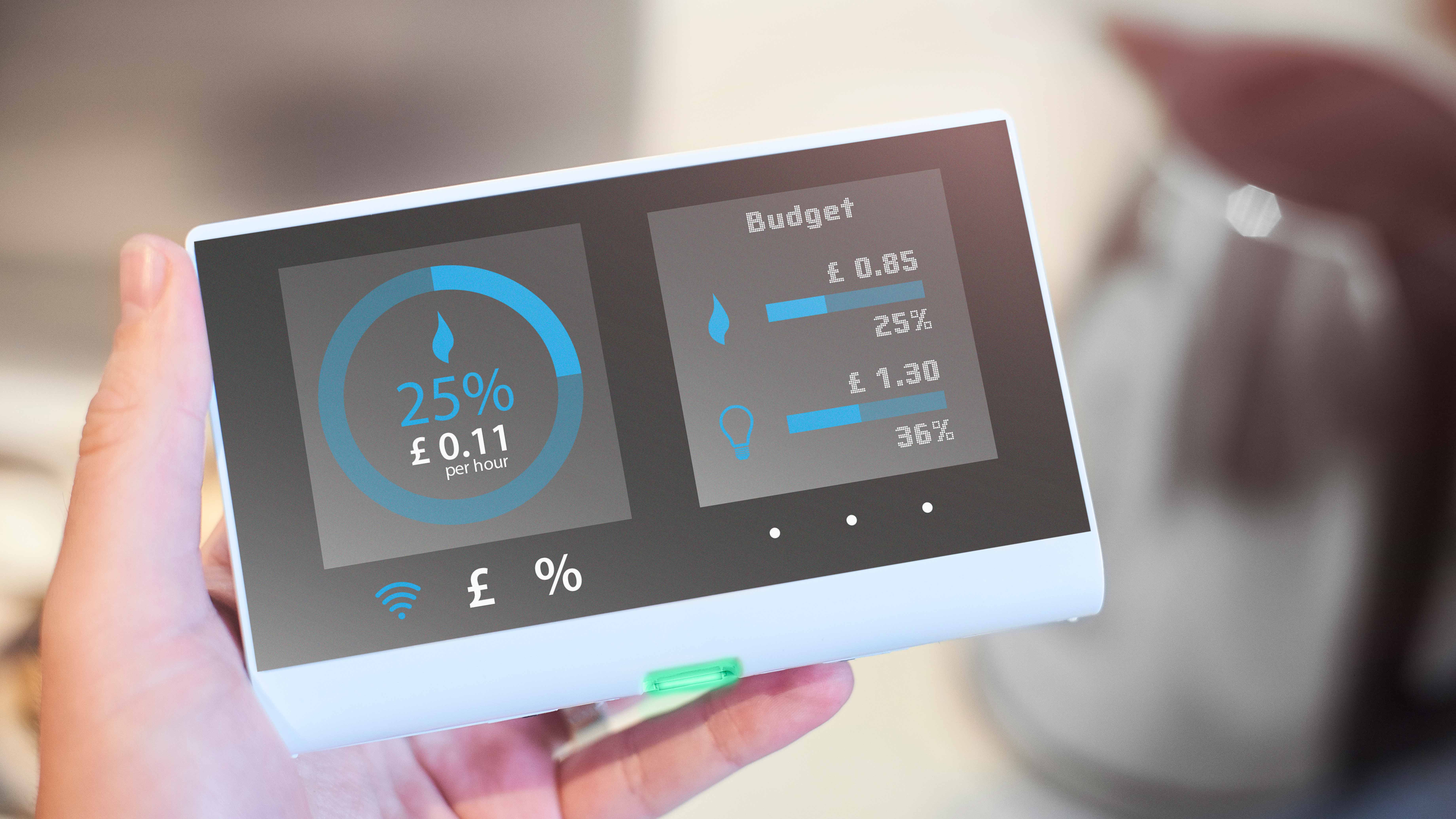The energy-saving smart home of the future is just around the corner, thanks to Matter
The light-bulb moment of energy management

Whether you’re climate-conscious or tightening the purse strings in the face of the cost-of-living crisis, energy management and savings have never been more important.
Smart meter rollouts around the world have put energy usage more in focus, but many of us still lack the power to take ownership over our household energy usage without implementing complex and costly home management systems.
Smart homes have oft been touted a knight in shining armor for managing energy usage, but challenges with device compatibility and interoperability have significantly stunted the technology’s potential. That is, of course, until Matter, the communications standard promising to overhaul how smart home devices work together.
At an event held in Amsterdam last week by the Connectivity Standards Alliance (CSA), the founding body behind Matter, Schneider Electric took to the stage to deliver a keynote on the potential implications of Matter for energy management and smart devices. We caught up with Sitao Ma, VP of Connected Systems and CTO of Global Home & Distribution at Schneider Electric after the event to find out how smart homes could finally help us save money.
The energy outlook
There was palpable eagerness at the event to understand the many ways in which Matter can help smart homes work more easily. However, for Schneider it's more than just that connection, says Ma: “We need a solution to make homes efficient, sustainable, and [to] help the people to reduce their living costs.”
The key to unlocking the real cost-cutting potential of household energy management, as Ma highlights, is in the measuring and controlling of consumption; only with this information can automation and optimization cut back costs.
He explains: “When you can measure it, you can manage it. Our consumer surveys showed us that when you know how and where you are spending and consuming your energy, you can reach a 5-10% reduction by either [mindset] or behavior changes.”
Sign up for breaking news, reviews, opinion, top tech deals, and more.
Until now, for most people, this hasn’t been a possibility. Energy management systems like those from Schneider can get you partway there, but even the most connected homes will find it near-impossible to have every device speak the same language all the way from central heating to lighting and appliances.
Schneider has spent decades working on its energy management systems, and Ma says that with the advent of Matter comes the opportunity to see this technology impact homes across the globe. “When you reach this [level of] interaction between your devices you can start to optimize. Like, letting your heating system talk with appliances like your washing machine so you can choose the right time to operate them,” says Ma. “Matter, in the future, will help to enlarge and to enhance the [energy management] system.”

Start small and save
According to a survey conducted by Schneider, smart home technology is an area people are very much invested in; 70% of respondents showed interest in smart home energy management technology, but a much smaller percentage (less than 30%) owned them.
Ma also references data suggesting that energy bill increases disproportionally affect lower-income households in some countries, which in itself poses a dichotomy; how can smart homes become accessible to those who need them most?
As was highlighted frequently at last week’s event, Matter is a journey — one that is only just beginning with Matter 1.0. However, using the example of Schneider’s PowerTag, which can be connected to electrical systems to provide energy management and monitoring, Ma says you can begin to see what changes you can make around the home. From there, you can progress to home management systems, heating management or smart thermostats, and as you add to your system, you can start to make intelligent moves to gradually increase your savings. Ma says: “Our approach is to say you can start small but at the same time we'll help you step by step to reach a good [level].”
As more devices become Matter-compatible, this process will become easier, removing friction from the process of adding devices to your energy management system.
As for Schneider’s next steps, Ma says we will “probably” see a variety of new products hit the market next year, including “new switches, dimmers, shutter controllers, and smart sockets and smart plugs — those come out to the market Matter-certified. New home connectable devices will launch Matter-native or Matter-upgradeable. We are developing our devices with this future-proven standard… even for our existing portfolio, we’re trying to bring them to the Matter system.”
Schneider has already announced the Matter-certified Wiser gateway, which will also help to make its existing portfolio Matter-ready, too.

Analysis: The room where it happens
From an outside perspective, it’s pretty hard to appreciate just how much collaboration has gone into Matter 1.0 — until you actually see these technology giants standing in the same room — and how much this will continue to form the bedrock of its future. It’s a tentative step forward for smart home, as shown by Amazon’s phased approach and Google’s year-long Fast Pair promises, but it’s nonetheless an impressive one.
Personally, I’d say energy management is the area of smart home I’m most invested in, so I was pleased to hear that the CSA has a working group dedicated to collaborative efforts that will ensure customers can benefit from energy-saving opportunities that the Matter-enhanced smart home of tomorrow will grant. As well as contributing to this working group, Schneider Electric is also chairing the Marketing Committee and the data model working group.
Ma says the group is working together to see “what makes sense for Matter and energy management”, and consists of contributors with specialisms across energy management: smart panels, heating systems, heat pumps, boilers, EV chargers and energy storage.
The potential, if the working group and the CSA get this right, seems pretty monumental, but as I was told frequently over the last week since Matter 1.0’s launch event, this is only the beginning of a long process.
Still, having worked alongside the energy industry in another walk of life, I can’t help but be excited to see this hard-won battle begin to bear fruit. There’s much to be said for how, at an individual scale, energy saving doesn’t put a dent in global carbon emissions and energy waste — but empowering consumers to take ownership of energy management, even if just to cut costs, is a light at the end of an exceedingly long tunnel, and to know it’s something I might see in my lifetime gives me hope for generations to come.
What I’d give to be a fly on a wall in one of the rooms where these working groups happen. Granted, I wouldn’t be able to understand a word of the technical jargon, but collaborative efforts at this scale are a thing of beauty. The promise of a greener — and cheaper — future for home energy feels a lot brighter.

Josephine Watson is TechRadar's Managing Editor - Lifestyle. Josephine is an award-winning journalist (PPA 30 under 30 2024), having previously written on a variety of topics, from pop culture to gaming and even the energy industry, joining TechRadar to support general site management. She is a smart home nerd, champion of TechRadar's sustainability efforts as well and an advocate for internet safety and education. She has used her position to fight for progressive approaches towards diversity and inclusion, mental health, and neurodiversity in corporate settings. Generally, you'll find her fiddling with her smart home setup, watching Disney movies, playing on her Switch, or rewatching the extended edition of Lord of the Rings... again.